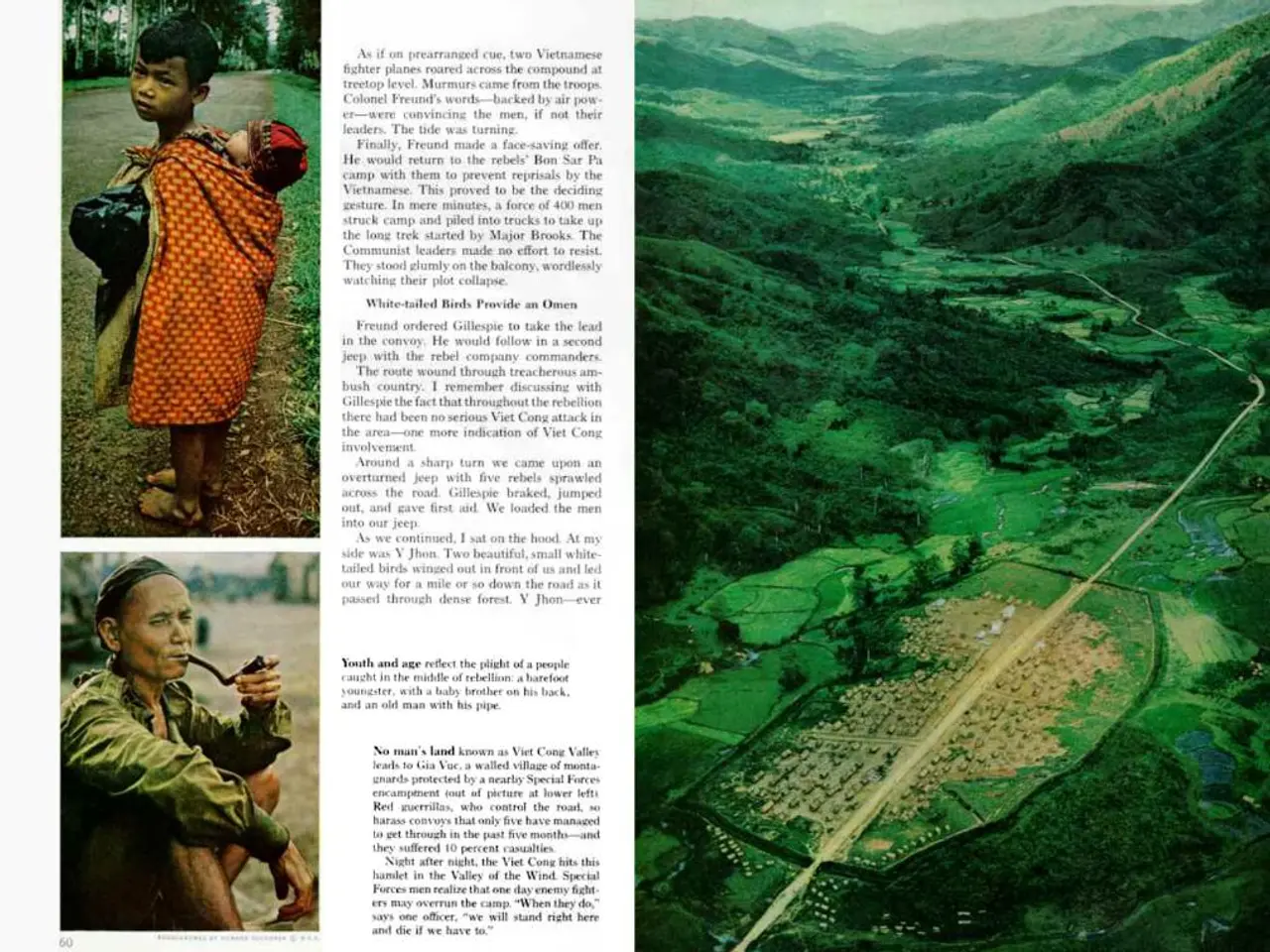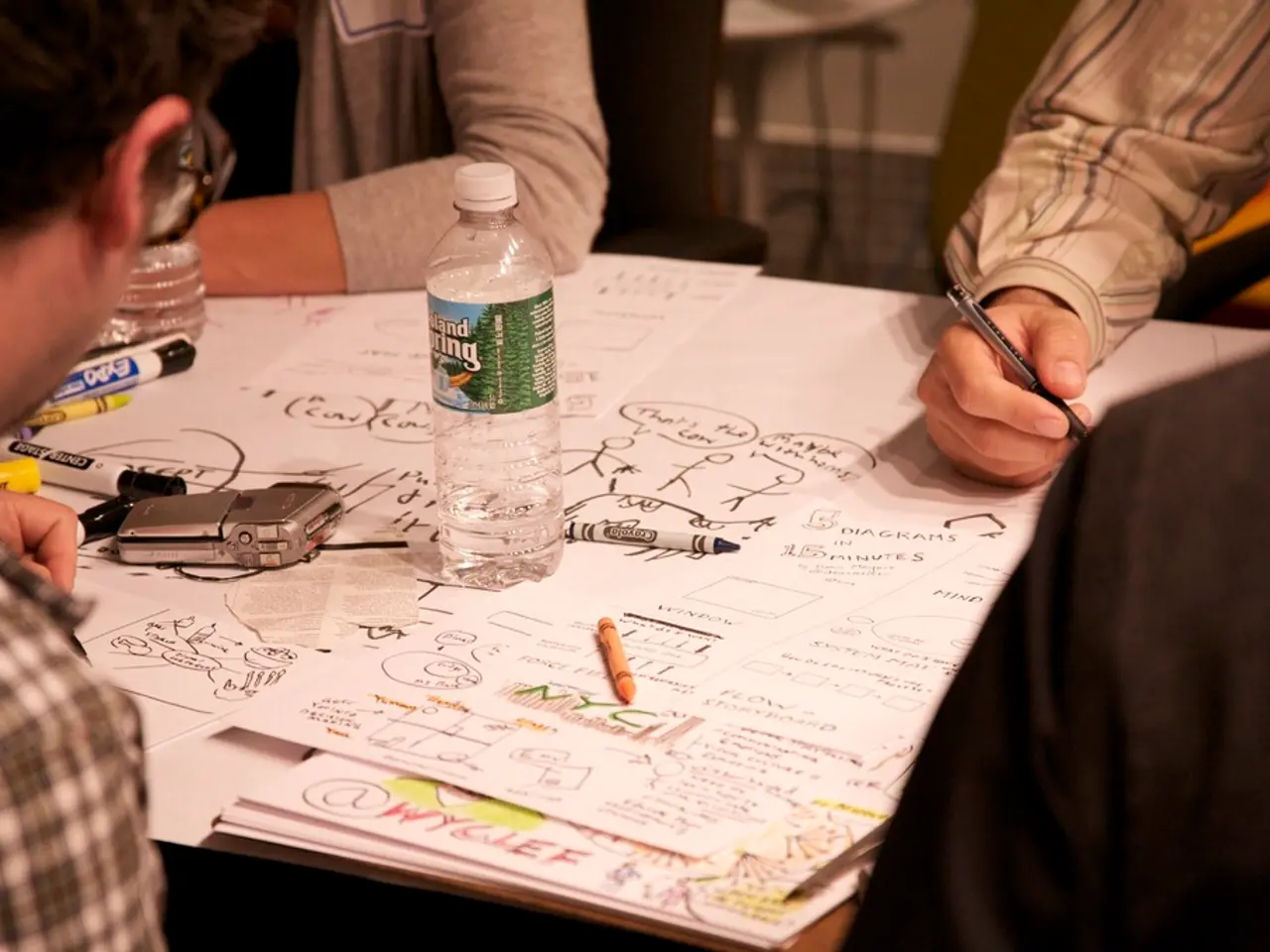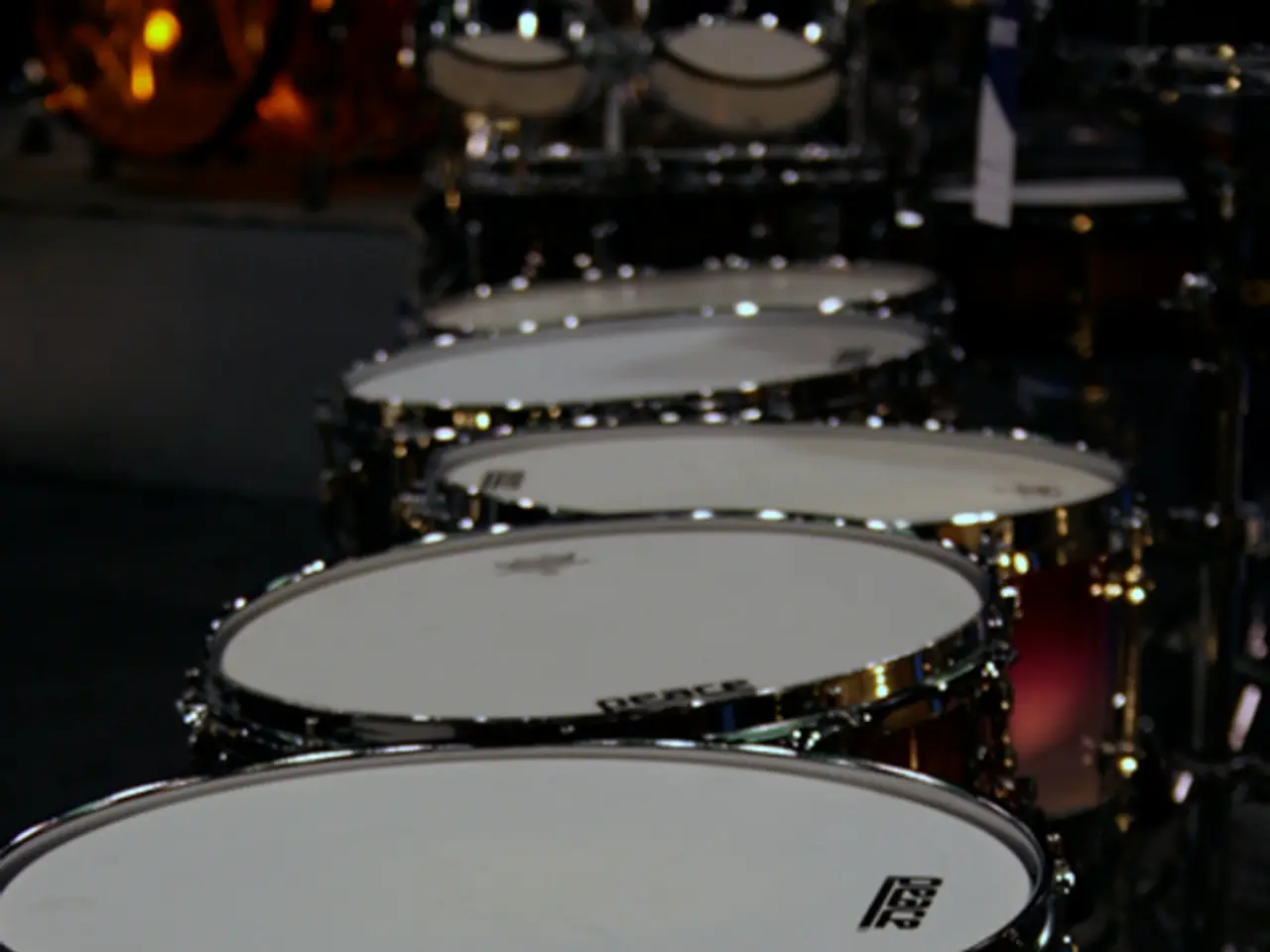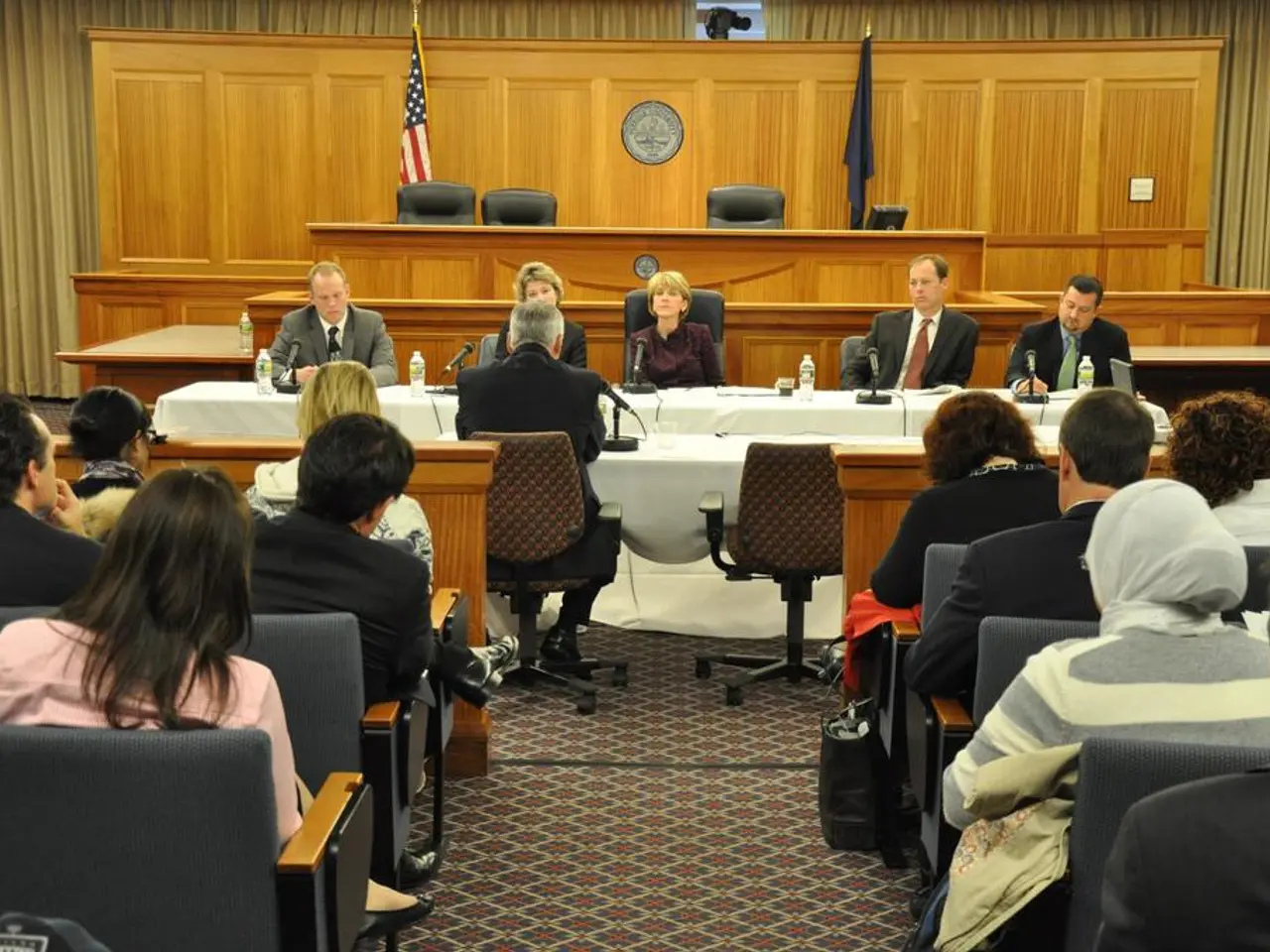Controversy swirls over emaciated child's image, raising questions about malnutrition in Gaza
In the heart of the ongoing humanitarian crisis in Gaza, a photo of a severely malnourished child named Mohammed Zakaria al-Mutawaq has sparked controversy. Taken by Associated Press photographer Abdel Kareem Han on July 5, 2025, in Gaza City, the image shows Mohammed at a community kitchen amid a food crisis in the northern Gaza Strip [1].
Despite the photo's verification, artificial intelligence tools like Elon Musk's chatbot Grok have produced misleading statements, claiming the photo originated from Iraq in 2014 or Yemen in 2016. These erroneous AI claims were widely circulated online, leading some to dismiss the image as misinformation and downplay the severity of the crisis [1]. Fact-checking by DW and other entities disproved such claims, emphasizing the importance of relying on multiple sources during humanitarian emergencies.
The media reporting of the crisis has also faced criticism. The photo, published by The New York Times, showed Mohammed wearing a bin bag and was used to condemn Israel's blockade of food and medicine into Gaza. However, some media outlets failed to issue a retraction or clarifying note when the origins of the image were questioned [2]. Euronews highlighted how the photo sparked discussion on both the reality of starvation in Gaza and misreporting issues by the media amid the ongoing humanitarian disaster.
The controversy extends beyond the photo's authenticity and origin. Independent journalists reported that Mohammed had a pre-existing health condition, with some identifying it as cerebral palsy [3]. The United Nations-backed Integrated Food Security Phase Classification has stated that the worst-case scenario of famine is currently playing out in the Gaza Strip [4]. As a result, there have been at least 74 malnutrition-related deaths in 2025, with 63 occurring in July alone [5]. The World Health Organisation (WHO) reports that malnutrition in Gaza has reached "alarming levels" [6].
Despite Israel allowing airdrops and humanitarian corridors, aid workers claim these measures have done little to alleviate the crisis so far. The United Nations has warned that failure to act now will result in widespread death in Gaza [7]. Freelance investigative journalist David Collier stated that Mohammad's situation was "hijacked and weaponized" [8].
The controversy reflects larger issues of verifying sensitive imagery in volatile contexts and the impact of AI and media narratives on public perception of humanitarian crises. Israel's Coordination of Government Activities in the Territories (COGAT) unit has accused Hamas of misrepresenting pictures of allegedly starving children to attribute blame [9]. COGAT's X account has posted various instances of photos it says are used by Hamas to push the starvation narrative, as well as pictures of the aid and supplies it allows into Gaza.
In conclusion, the controversy surrounding the photo of the emaciated Palestinian child in Gaza underscores the importance of accurate and responsible reporting during humanitarian emergencies. The misinformation spread by AI tools, combined with the challenges of conflict-zone journalism, highlights the need for fact-checking and multiple sources of information. The ongoing crisis in Gaza serves as a stark reminder of the humanitarian issues faced by millions worldwide and the need for urgent action to prevent further suffering.
References: 1. The Verification Handbook 2. Euronews 3. David Collier 4. United Nations-backed Integrated Food Security Phase Classification 5. World Health Organisation 6. The New York Times 7. United Nations 8. David Collier 9. COGAT's X account
- The ongoing debate about Mohammed Zakaria al-Mutawaq's photo underscores the significance of fact-checking and the utility of multiple sources in discussing health-and-wellness issues, such as medical-conditions like cerebral palsy, during humanitarian crises, as reported by independent journalists [3].
- The controversy surrounding the authenticity of Mohammed's photo and the misinformation spread by AI tools, like Elon Musk's chatbot Grok, demonstrates the complexities of politics and general-news reporting in times of crisis, as highlighted by media outlets' response to retractions and clarifications [2].




